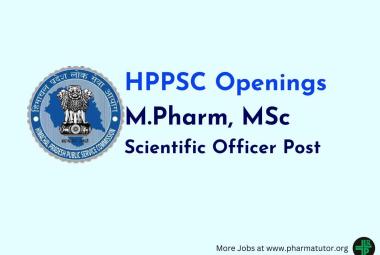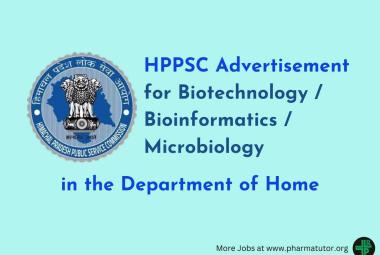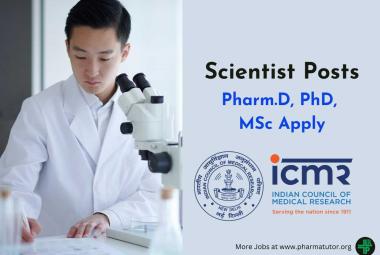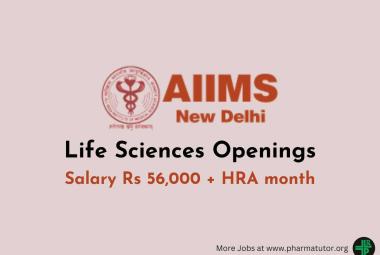Synthesis and evaluation of carbodithioic acid esters of naphthylmethylamine, a novel class of spermicides
 About Authors
About Authors
M. M. Singhal, Monica Gupta
Department of chemistry,
Delhi Institute of Pharmaceutical science & Research,
New Delhi, India
Affiliation Affiliated from Govt. of NCT Delhi
Abstract :
Carbodithioic acid esters of naphthylmethylamine prepared by replacing the amino function in amino methyl side chain with carbodithioic acid ester group and by adding various S-2-hydroxy propyl ester of dialkyl carbodithioic acid at amino group. Some of these compounds showed better spermicidal activity. The study revealed that incorporation of carbodithioic acid residue directly into naphthylmethylamine leads to compounds with better spermicidal activity and naphathalene-1-yl-methyl-carbodithioic acid-3-dialkyl amino-2-hydroxy-propyl ester has shown better profile than nonoxynol-9. Further, lead optimization may yield a potent spermicide.



 About Authors:
About Authors:






